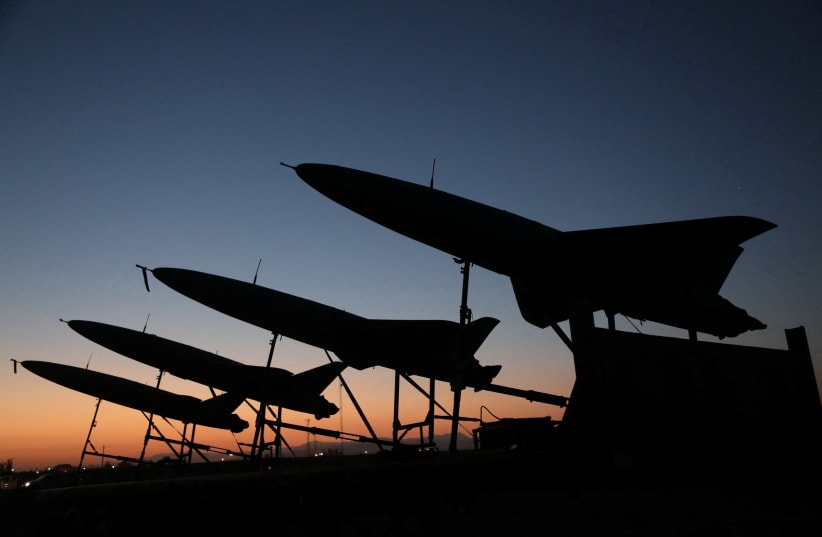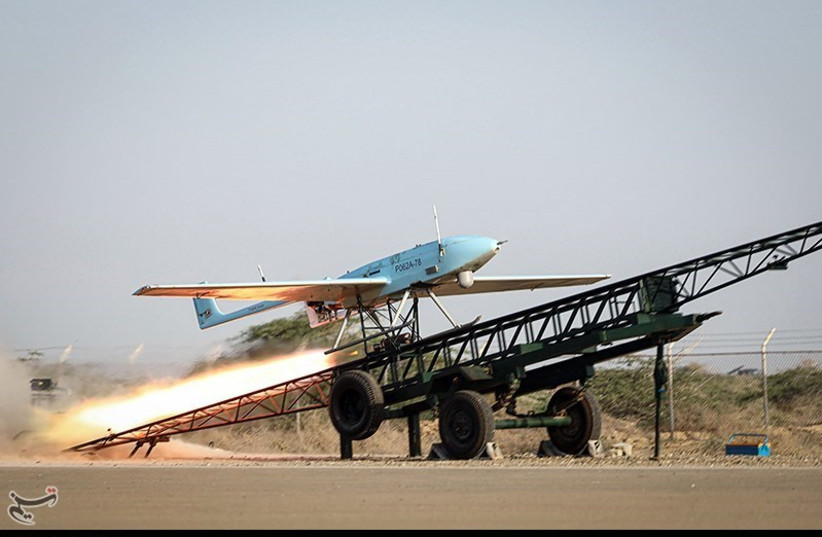Russia may have depleted its stock of Iranian-made kamikaze drones, the UK Defense Ministry assessed on Saturday after over a week of the weapon's absence from the battlefield.
"There have not been any reports of Iranian one-way-attack uncrewed aerial vehicles (OWA-UAVs) being used in Ukraine since around 15 February 2023," the UK ministry said in its regular intelligence update.
The Ukrainian military had reportedly shot down at least 24 Iranian Shahed-136s between late January and around February 15, said the UK Defense Ministry. It noted that this contrasted with the scores of UAVs destroyed in the year's early days.
"This lack of OWA-UAV deployments likely indicates that Russia has run down its current stock. Russia will likely seek a resupply," proposed the ministry.
Earlier in February, the Wall Street Journal reported that the two states could build a drone manufacturing facility in Russia.
Russia's increasing reliance on Iran
Pentagon press secretary Brigadier General Pat Ryder said on Friday that Iran is looking to advance its defense industry ties with Russia, and Russia's reliance on Iranian war materials like drones indicated that it couldn't depend on its own defense industry and other suppliers.
White House national security spokesperson John Kirby said on Friday that Russia was offering a greater degree of defense cooperation, including the Kremlin providing Tehran with fighter jets. Iran is also seeking helicopters and radar systems.
"Throughout this campaign, we've seen sort of that transactional interaction between Russia, as they seek more munitions, as they seek drone capability," said Ryder. "We know that they've been interested in ballistic missile capability, for example."
Ryder emphasized the importance of drones in Ukraine in and modern warfare in general, and the need for Kyiv to be able to counter Iranian drones.
The problem of Iranian drones is featured heavily in Ukrainian military social media and publications. Anger about the Iranian drones has been a fixture of Iranian-Ukrainian relations, climaxing with Ukrainian diplomats mocking Iran when an Isfahan drone manufactory was attacked by unknown assailants in late January.
For months, the Kremlin has been launching large volleys of suicide drones alongside artillery and missile bombardments. During the dead of winter, Russia used these platforms to target electrical and other utility infrastructure in Ukraine.
"Although the weapons do not have a good record in destroying their intended targets, Russia likely sees them as useful decoys which can divert Ukrainian air defenses from more effective Russian cruise missiles," the UK Defense Ministry assessed on Saturday.
The General Staff of the Armed Forces of Ukraine said on Sunday morning that missile and artillery strikes continued over the weekend.
Kirby confirmed on Friday earlier reports that Iran had shipped artillery shells to Russia in November.
Jerusalem Post Staff contributed to this report.

